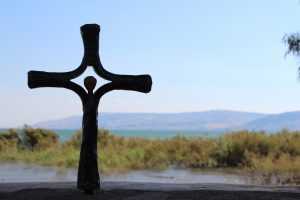
20 Christian Pilgrimage Sites in Israel: The Guidebook
Israel, often called the birthplace of Christianity, is a land steeped in history, holding deep significance for believers. Christian pilgrimage sites abound in this small
It is known by many names, The Kotel, Wailing Wall, and the Western Wall. It holds a huge place in the heart of the Jewish people. Located in the Old City of Jerusalem, it is visited by locals and tourists alike, the Western Wall is a must see on everyone’s bucket list.
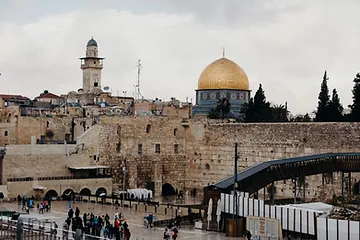
Built in 20 B.C.E as the outer gate to the Second Temple, The Western Wall survived the destruction of the Second Temple. For the Jewish People, it is a place of great holiness. Since the destruction, Jews flocked to a small exposed part of the wall to pray. This happened till the excavation in 1967, which uncovered The Western Wall as we see it today. Hidden parts of The Wall which are still buried, can be seen, touched and explored in The Kotel Tunnels. This shows how vast The Kotel and really is.
Open all days of the year, it is the location for many ceremonies like military inductions and Bar and Bat Mitzvah’s. You can usually find the occasional bride and groom coming to say their prayers before or after their wedding ceremony.
The Kotel can get significantly more busy during holidays and days of importance . It is beautiful to witness the energy by the Kotel that ranges from, welcoming in Shabbat with singing and dancing to packed visits during the holidays. Additionally you can hear mournful tunes being sung during the days that Jews commemorate the destruction of the Temples. Read more about the Jewish Holidays that will be celebrated by Kotel here.
Because it is a sacred place, it is recommended that men cover their heads and women dress conservatively. You can find Kippot and scarves at the entrance to the Western Wall to borrow. The temperatures by the Kotel can get extreme. Prepare for extreme heat in the summer and bitter cold in the winter. Click here to learn about climate and how to dress in Israel.
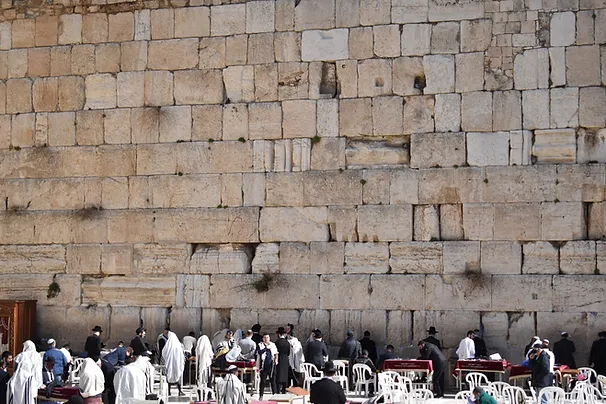
There are many traditions that are practiced by the Kotel. So you may see some stuff and here we are to explain it all. It is a tradition to pray by the Western Wall. Notes of prayers are written and put in the cracks of the Stone Wall, so you will see people trying to find spots to put their names and prayers in the cracks of the wall. Another tradition is washing one’s hands before going to pray by the Kotel. This is why just before entering, there are hand washing stations.
When leaving the Kotel, you are guaranteed to see people walking backwards. This is because they don’t want to turn their backs on a holy place, so they will walk a distance backwards, and then continue on like normal. On Friday night and Saturday, which is the Shabbat, you won’t see many phones or cameras to show respect to the religious Jews that are there. It is recommended to try and remain respectful, and that includes putting electronics away on Friday night and Saturday.
To explore the rest of the Old City of Jerusalem, click here to book your private tour online.


Israel, often called the birthplace of Christianity, is a land steeped in history, holding deep significance for believers. Christian pilgrimage sites abound in this small

In the heart of the Middle East lies Jerusalem, a city steeped in history, culture, and religious significance. Positioned at the crossroads of civilizations, Jerusalem
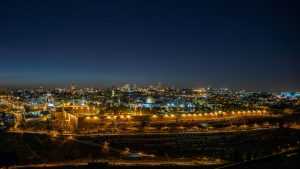
Jerusalem, a city that never sleeps, transforms into a captivating wonderland after dark. From exploring the enchanting Old City streets to indulging in local ice
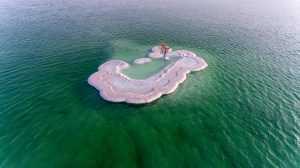
Welcome to a week-long adventure in Israel! Discover what to do in Israel for a week and immerse yourself in its rich history and diverse
